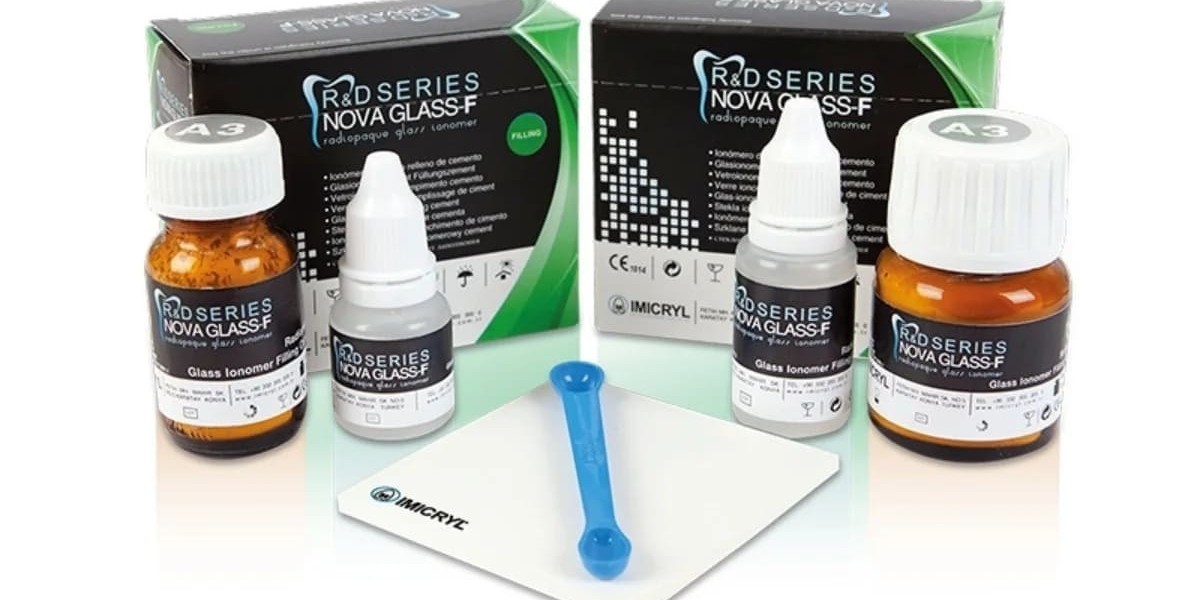In the world of cements dentistry, the use of dental cement is vital to successful restorative and prosthodontic treatments. These specialized materials serve as the foundation for numerous procedures, including fixing crowns, bridges, orthodontic appliances, and temporary restorations. With advancements in dental materials, the range and reliability of cements have expanded significantly, providing dentists with the tools to offer more precise and long-lasting care.
What Is Dental Cement?
Dental cement is a chemically formulated material used to adhere prosthetic devices such as crowns and bridges to natural teeth. It also plays a role in cavity liners, pulp protection, and temporary restorations. The ideal cement must provide strong adhesion, durability, ease of handling, and biocompatibility with oral tissues.
Common Types of Dental Cement in Cements Dentistry
Understanding the different types of dental cement helps clinicians choose the best option for each case:
1. Glass Ionomer Cement (GIC)
Glass ionomer cements are widely used in cements dentistry due to their fluoride-releasing capabilities and strong chemical bond with dentin and enamel. They’re ideal for pediatric fillings, liners, and core build-ups.
2. Resin-Modified Glass Ionomer (RMGIC)
These cements blend the properties of GIC with added resin components. They offer better strength and reduced moisture sensitivity, making them ideal for indirect restorations.
3. Resin Cement
Highly aesthetic and strong, resin cements are commonly used in ceramic restorations like veneers, crowns, and bridges. They require proper technique and are sensitive to moisture during application.
4. Zinc Oxide Eugenol (ZOE)
Often used in temporary restorations, ZOE provides soothing effects on the pulp and a strong seal. It’s particularly helpful when longer-term temporary solutions are needed.
5. Polycarboxylate Cement
Known for its biocompatibility and moderate strength, this cement is suitable for luting crowns and bridges where thermal insulation and gentle bonding are required.
Applications of Dental Cement in Cements Dentistry
The practical uses of dental cement span across many areas:
Crown and Bridge Luting: Strong and precise bonding of prosthetics is crucial, and dental cement ensures long-term stability.
Orthodontic Bonding: Cements help fix brackets and bands securely to teeth without damaging enamel.
Base or Liner in Restorations: Acts as a protective layer under composite or amalgam fillings.
Temporary Restorations: Offers short-term solutions before final prosthesis placement.
Benefits of Using the Right Dental Cement
Strong Adhesion: Prevents restoration dislodgement.
Biocompatibility: Safe for pulp and gum tissues.
Fluoride Release: Especially important in GICs to prevent secondary caries.
Moisture Tolerance: Some modern cements work well even in humid oral environments.
Easy Application: Most cements are available in capsule or auto-mix delivery systems for convenience.
How to Choose the Best Cement in Dentistry
When selecting dental cement, dentists must consider:
Type of restoration (metal, ceramic, composite)
Location in the mouth
Moisture control during the procedure
Strength and esthetic requirements
Consulting manufacturer guidelines and keeping up with research ensures effective use of cements in modern dentistry.
Final Thoughts
Cements dentistry plays a central role in clinical practice, and choosing the right dental cement can determine the success and longevity of restorations. From fluoride-releasing GICs to strong resin cements, today’s dental professionals have access to materials that make procedures safer, faster, and more reliable.
Whether for permanent prosthetics or temporary restorations, dental cements are indispensable tools that support functional and aesthetic outcomes in dentistry.







